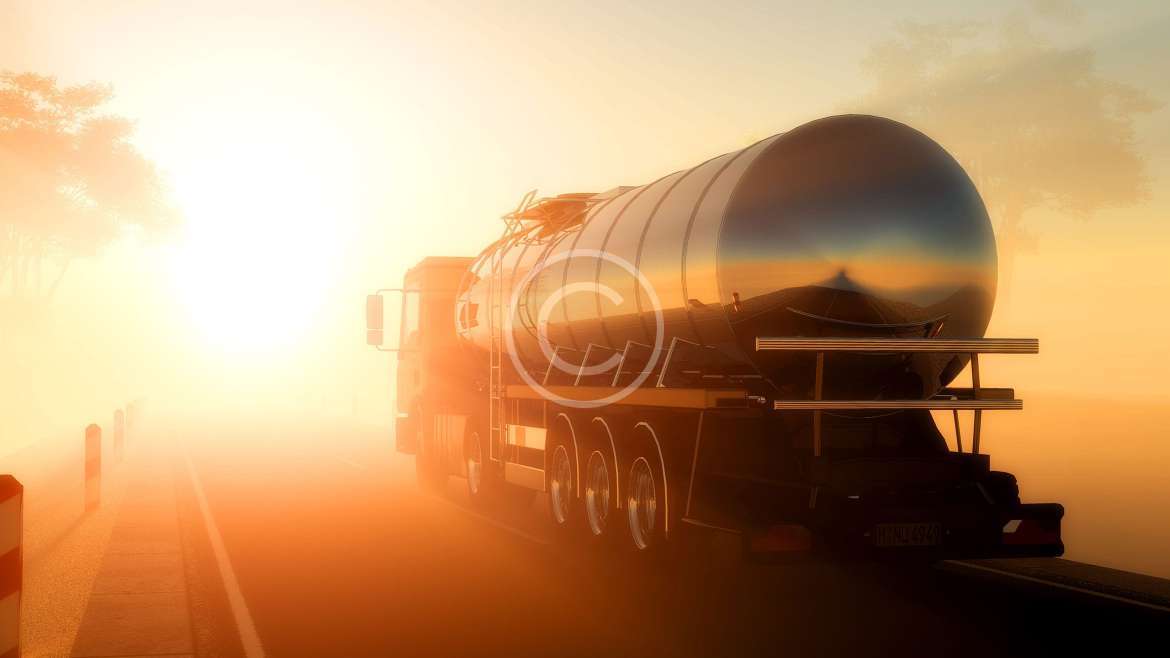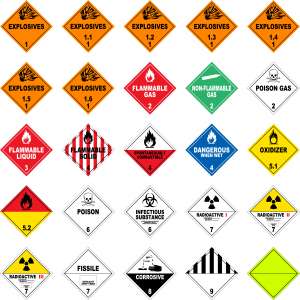Transportation of Dangerous Goods (DG)
Classification of dangerous goods
Due to its hazardous nature, DG shipments are regulated under stringent rules and regulation throughout the entire transportation period.
Vessel owners, container liners, port authorities, international organizations, etc., all set various requirements concerning safe transport of DG. Information and knowledge need to be shared and a large amount of documents and certificates need to be granted and delivered among different parties. All of these requirements lead to complex and demanding operations.
There is no integrated solution for DG transportation thus far, though a few carriers maintain their own in-house systems; developed individually and isolated from their competitors. Subsequently, it has long been agreed that the best way of improving safety at sea is by developing international regulations that are followed by all shipping nations, as well as a number of treaties to be adopted by the International Maritime Organization (IMO).
Today there is a long list of Dangerous Goods, charted under the IMDG code (International Maritime Dangerous Goods Code). This list includes such commodities as propane gas lighters, ordinary wall paint, fireworks, liquor, garden weed-killer are divided into 9 main groups.
- Class 1: Explosives
- Class 2: Gases
- Class 3: Flammable Liquids
Class 4: Flammable Solids - Class 5: Oxidizing Substances and Organic Peroxides
- Class 6: Toxic and Infectious Substances
- Class 7: Radioactive Material
- Class 8: Corrosive Substances
- Class 9: Miscellaneous Dangerous Substances and Articles


